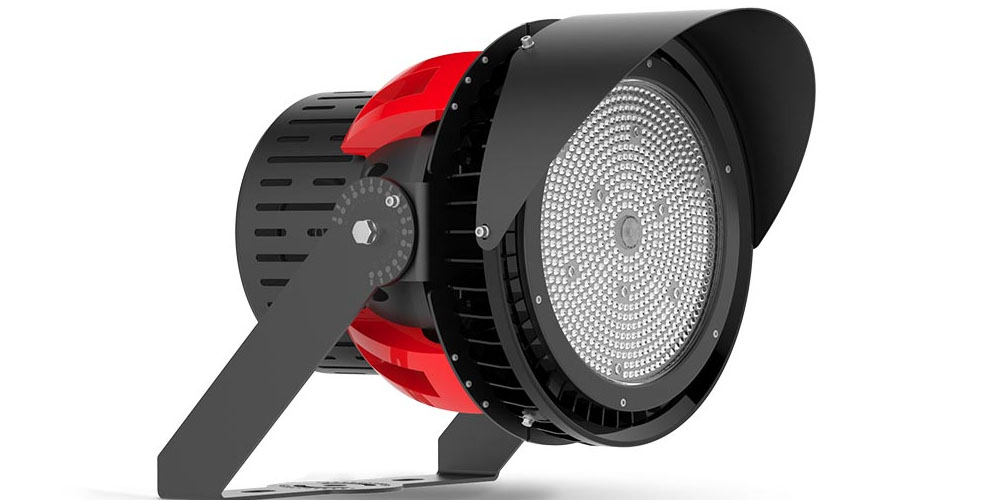In the modern world, light-emitting diodes have grown to become the premier lighting option for many people. This is because of the ease of use of LED systems. In addition to this, LED systems are cheaper, last longer, are smaller in size, and offer enhanced robustness. Most importantly, LED stadium lights are very efficient in energy consumption. In many cases, LEDs are used in various applications, including device displays, TVs, advertising lighting, automotive lighting, medical devices, and more. Let’s focus on the most popular LED stadium light materials.
Most popular materials used in LED stadium lights
1. LED Leadframes
These are found inside the chip package. They are utilized in transmitting signals from the die structure to the external finish. In many cases, a specialized electrolytic finish is required. This finish enables brightness, reflectivity, and wire bonding. These are standard features of the majority of silver-backed LED component surfaces.
2. LED silicone materials
In many cases, silicone-based packaging materials are crucial for assembling LED devices capable of reaching high brightness levels. The best examples of LED products in this range include die-attached adhesives, optical encapsulants, and optically reflective silicon silicon-based materials.
How LED stadium lights are manufactured
The first step is crafting the semiconductor wafer, which is essentially the LED stadium lights’ semiconductor component. The required environmental conditions include high pressure and high temperature, primarily done in a specialized chamber.
In this process, essential elements such as arsenic, phosphor, and gallium are heated and mixed to create a nicely liquefied solution. After some time, a unique rod is dipped in the solution and then pulled out. How this works is that the solution rapidly crystallizes around the rod as it is removed. This leaves one with a nice, smooth, cylindrical crystal ingot.
Next, such ingots are sliced into semiconductor wafers, followed by effective sanding to create a smooth surface. The smoothened bars are then dipped into a range of solvents which do enhanced cleaning to remove dirt, organic material, and dust. Extra steps add more layers of LED semiconductor material.
The next step includes crafting unique metal contacts on the surface of the semiconductor. These contacts are created in the design stage. Designers usually decided whether to prepare single diodes or to group them for enhanced performance. The last step in LED stadium light design includes mounting the appropriate packages with wire attachments followed by proper encapsulation in plastic.
Maintaining quality control
Maintaining quality control in LED manufacture usually takes two steps. First, every single LED is carefully checked during wire-bonding for defects and performance characteristics. To be precise, a specific LED stadium light current should generate a particular level of brightness. Each wafer batch is tested for soft color characteristics. At this stage, specialists will remove many LEDs for failure to meet stress-testing controls as well as heat and power breakdown. Others will be flagged for the occasional mechanical damage.
Conclusion
LED stadium light design is encapsulated in a branch of optoelectronics and is steadily becoming better. The purity and consistency of LED wafers are improving, and LED stadium lights will only enhance quality.
